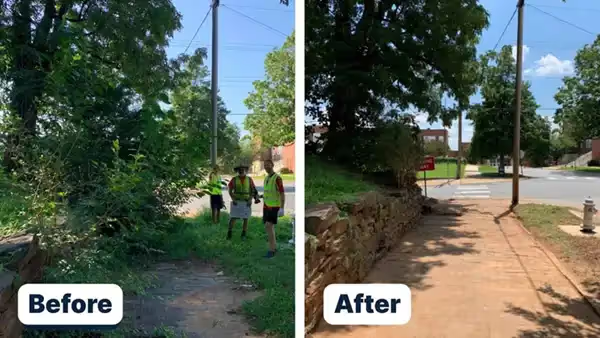
Advocates in Lynchburg, Virginia, are proving that you don't need an official task force to make your city stronger. You just need to care enough to show up.
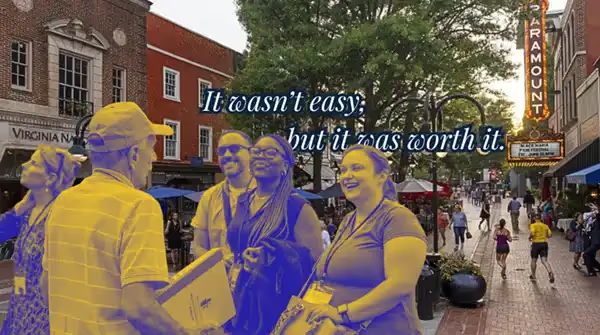
Charlottesville’s political wounds ran deep. Now, the city is turning to bikes, sidewalks, and street-level trust to chart a new course.
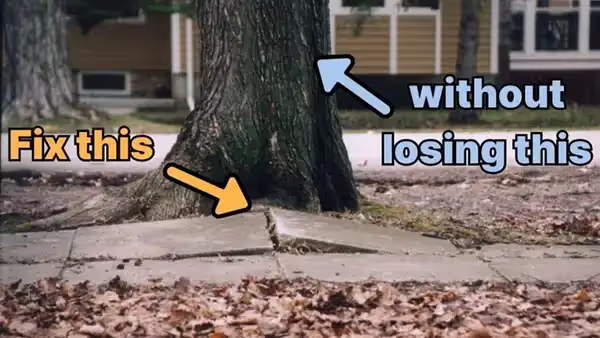
Here are six proven techniques that allow communities to preserve mature trees while restoring sidewalks to safe, walkable condition.
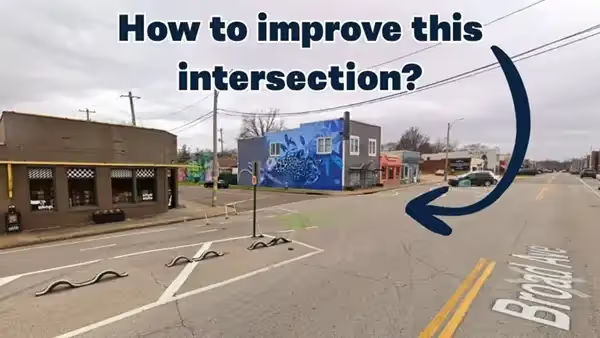
In 2010, this community in Memphis, Tennessee, showed how resident-led, city-backed change can transform a place. That pattern is still playing out today.

Every town will be asked to grow. Maybe not today, maybe not all at once. But when that moment comes, how will yours go about it?
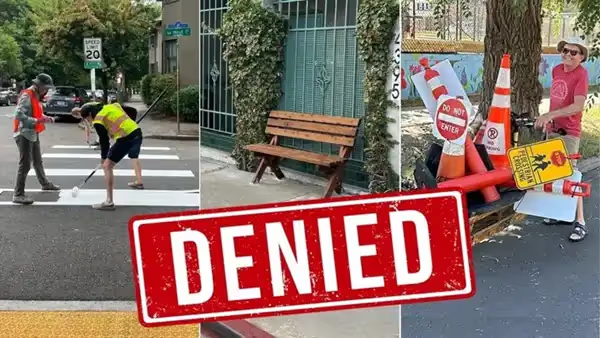
When tension builds between grassroots action and bureaucratic boundaries, cities must choose: partnership or pushback.
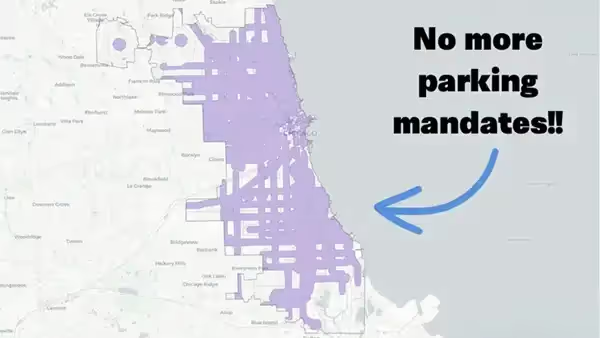
A new ordinance removes costly parking requirements across most of Chicago, clearing the way for more affordable housing and business development.
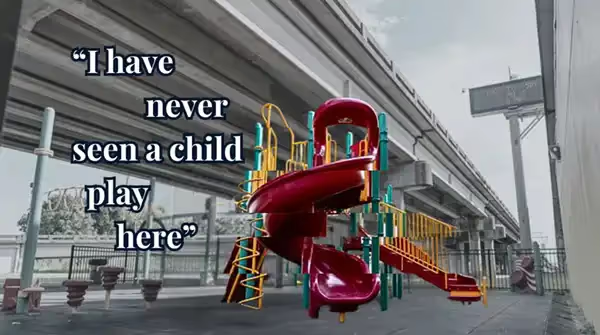
On Ash Wednesday, 1966, a highway carved up New Orleans, taking families, flowers, and futures with it. Today, the attempts to rectify those wrongs stop short of actually treating the wound.
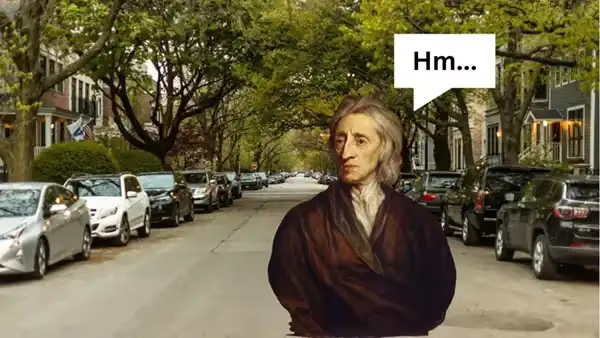
John Locke’s 17th-century proviso can help us understand the tangled web of private property rights, public space, and parking rules in North America today.
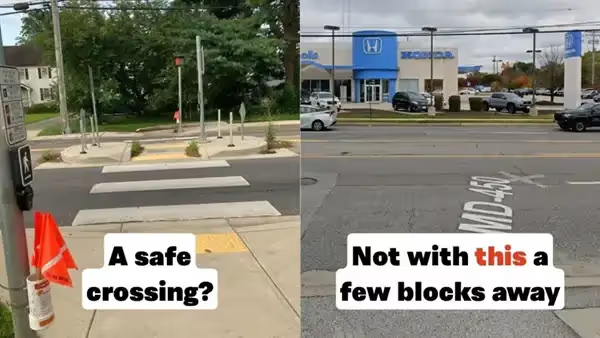
In April, a child was hit in a crosswalk outside a library in Annapolis, MD. The official response? Orange flags that put responsibility on people walking, not on the street design that enabled the crash.
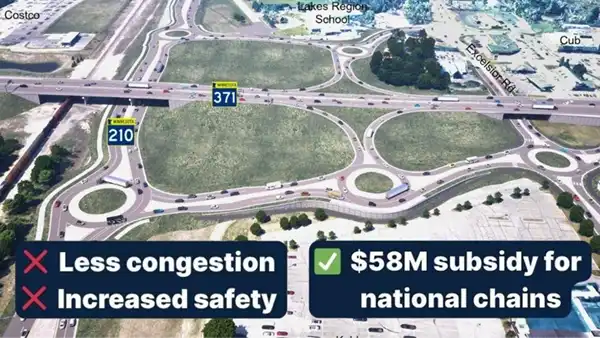
What do you get when you combine too much funding, a broken development model, and no clear priorities? A six-roundabout interchange built to serve big-box stores that are already closing.
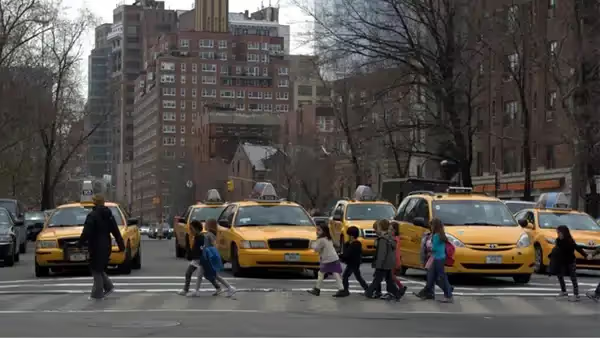
There is nothing radical or reckless about letting your child cross the street. So why are parents across the country facing criminal charges for doing just that?
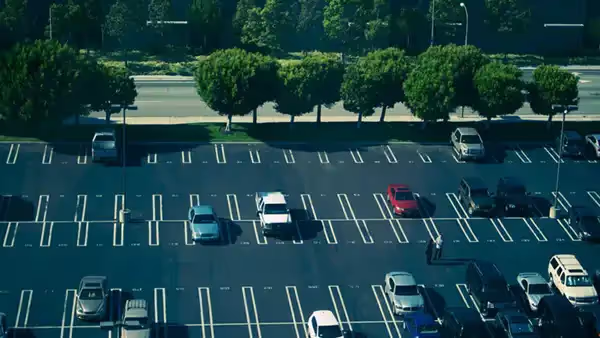
You won’t see it on cable news, but some of the boldest zoning reforms in North America are happening in places with just a few thousand residents. Here are 6 towns rewriting the rules on parking.
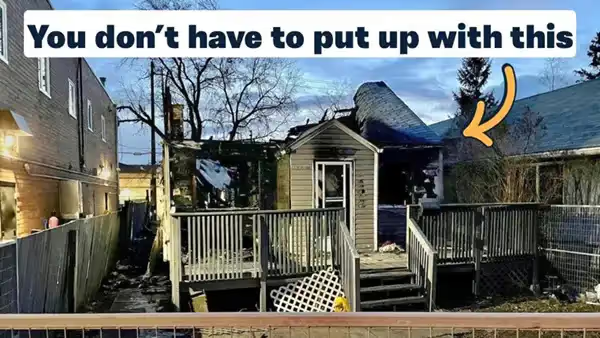
Edmonton is proving that communities don’t have to accept neglect as inevitable. Here’s how it’s turning derelict properties from liabilities into catalysts for renewal.
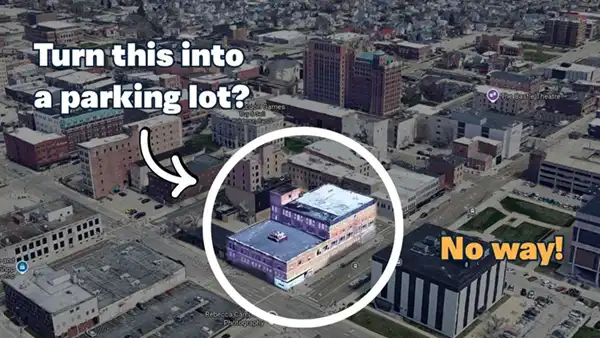
The demolition of dangerously neglected buildings gives Bloomington, Illinois, an opportunity to revitalize long-vacant parts of its downtown. Strong Towns Blono is making sure the city doesn’t waste it.

From New Mexico to Connecticut, Strong Towns advocates are turning hometown newspapers into platforms for change—using op-eds to push for housing reform that’s local, practical, and powerful.
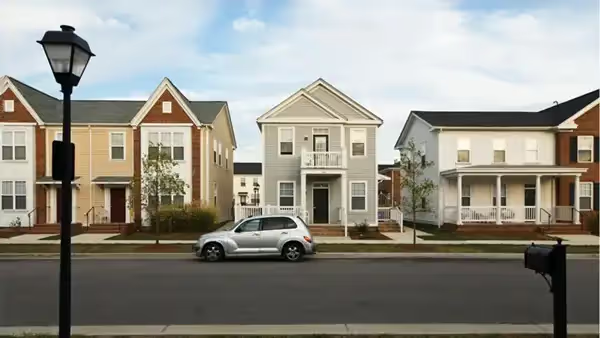
A reflection on affordability, finance, and the deep contradictions we refuse to face.
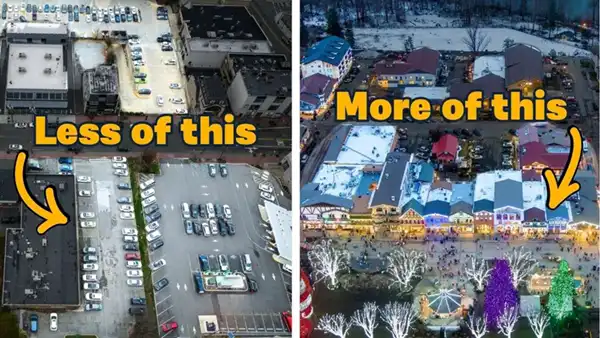
In a game-changer for housing and small business development, Washington state eliminated or capped parking mandates statewide. Here’s how they did it.
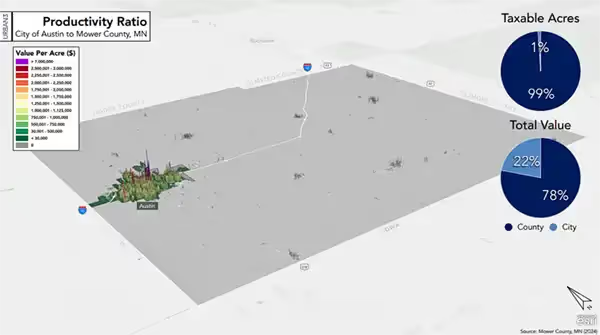
What do a taqueria, a bike shop, and an art center have in common? They’re all outpacing a retail giant when it comes to property tax revenues.
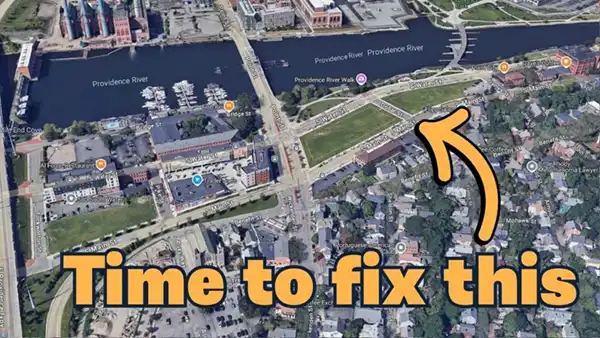
Removing an urban highway is a big win—but the work doesn’t stop there. Providence shows how cities can take the next steps to repair their communities.
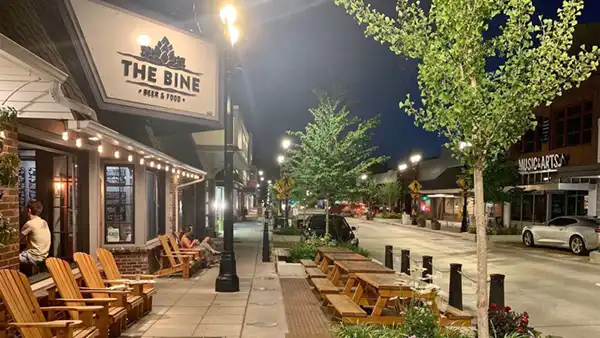
In three different states, one big idea is catching on: stop forcing parking where it’s not needed, and start building places people actually want.

When I flew halfway around the world to New Zealand, I expected it to be radically different from North America. But the problems they’re facing are strikingly, painfully familiar.
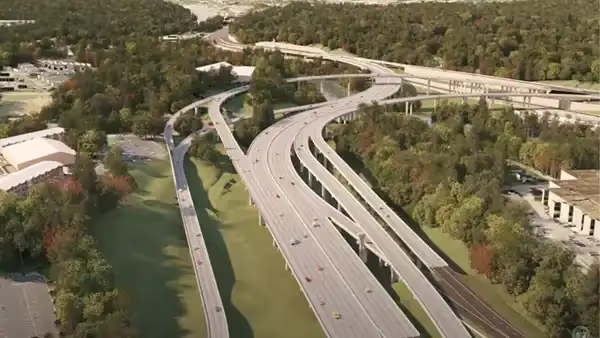
North Carolina’s I-26 Connector illustrates everything wrong with the way state DOTs operate—especially in an area still recovering from Hurricane Helene. But it also shows how these systems can change.
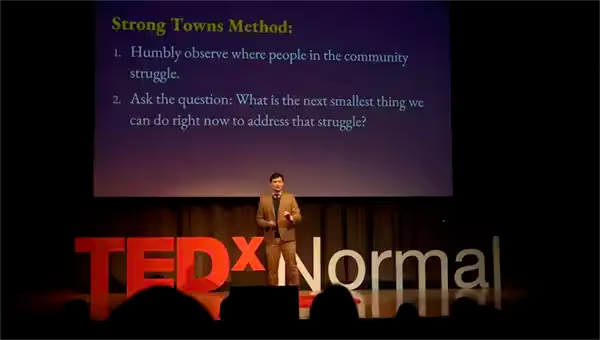
What if fixing your city didn’t require a billion-dollar plan—just a neighbor with a shovel and a bold idea? In Bloomington, a high school teacher is quietly leading a local revolution, one small step at a time.